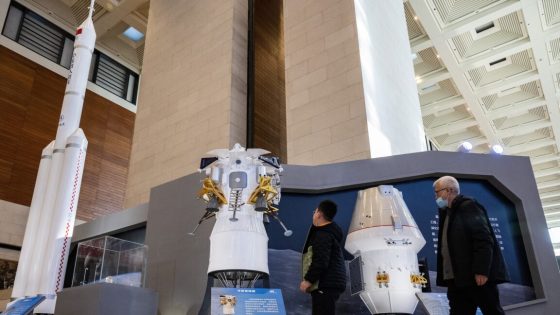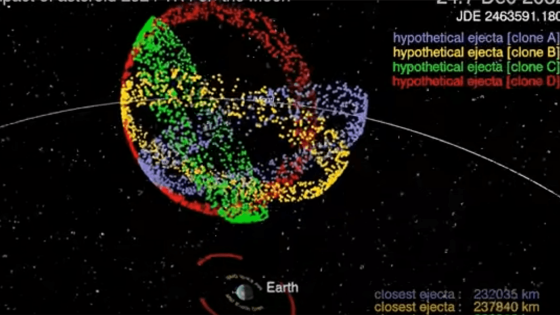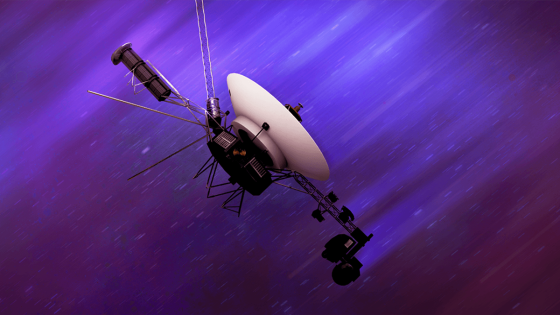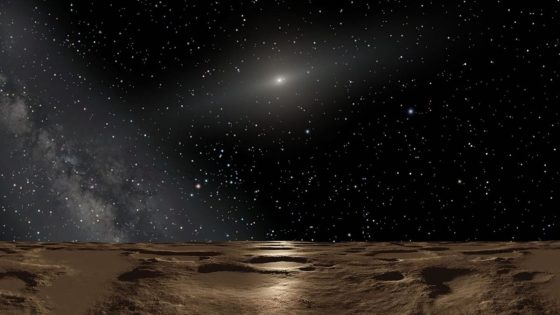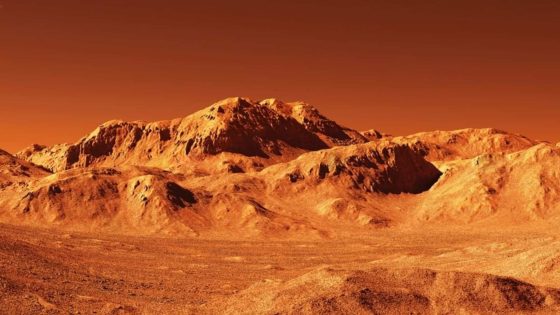Recent advancements in rocket technology highlight the growing role of artificial intelligence in engineering. LEAP 71, a pioneering company in AI-driven engineering, is set to revolutionize propulsion systems for Aspire Space. With just two employees, this ambitious firm aims to halve the design time for a 450,000-pound-thrust engine, potentially transforming the future of space exploration.
- LEAP 71 aims to revolutionize rocket design.
- Aspire Space's project costs over $1 billion.
- Russian Progress MS-31 launched successfully to ISS.
- Soyuz rocket features unique blue and white scheme.
- Orienspace targets Gravity-2 launch by late 2025.
- Gravity-2 can carry 21.5 metric tons to orbit.
On July 3, 2025, Russia launched the Progress MS-31 supply ship, delivering essential cargo to the International Space Station (ISS). This mission marks the eighth launch of the year for Russia, showcasing ongoing efforts despite a decline in their space program’s activity. Meanwhile, Chinese firm Orienspace is gearing up for its Gravity-2 rocket’s first launch, following successful engine tests that promise to enhance payload capacities.
These developments raise important questions about the future of space travel and the integration of AI in engineering. How will AI influence the speed and efficiency of rocket design? Can these innovations lead to more sustainable space missions?
- LEAP 71 aims to cut engine design time by 50%.
- Progress MS-31 delivered 5,787 pounds of cargo to the ISS.
- Orienspace’s Gravity-2 rocket can carry up to 21.5 metric tons.
- AI is becoming integral to modern engineering solutions.
As we look ahead, the intersection of AI and aerospace engineering promises to unlock new frontiers in space travel, urging continued investment and research in this transformative field.



